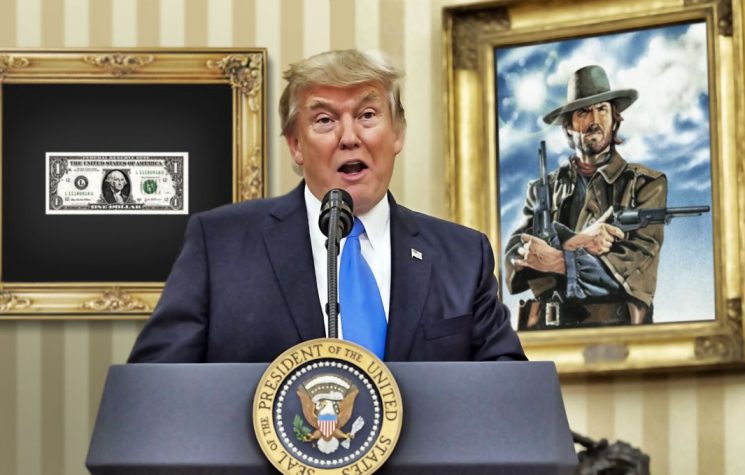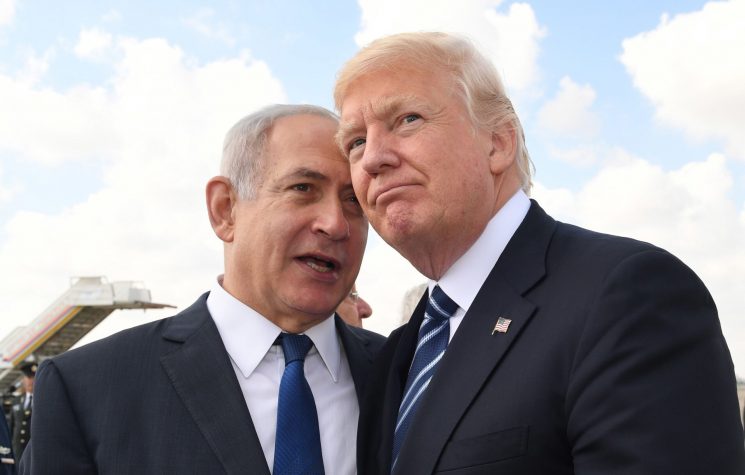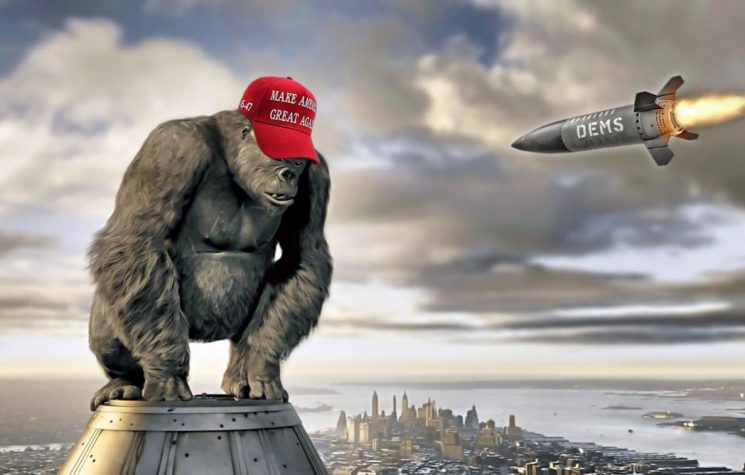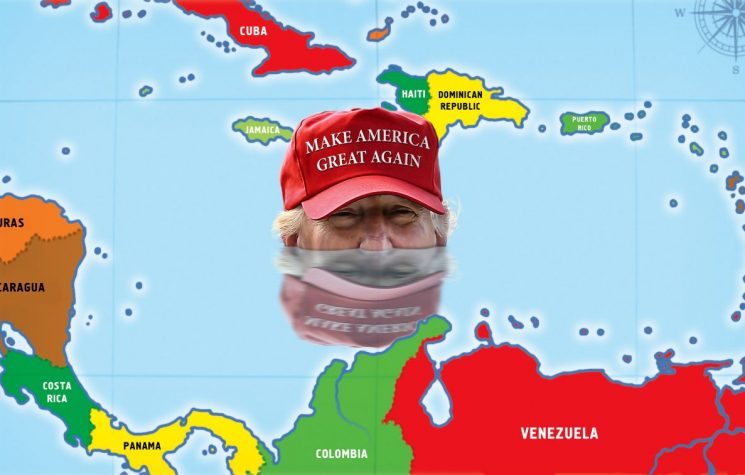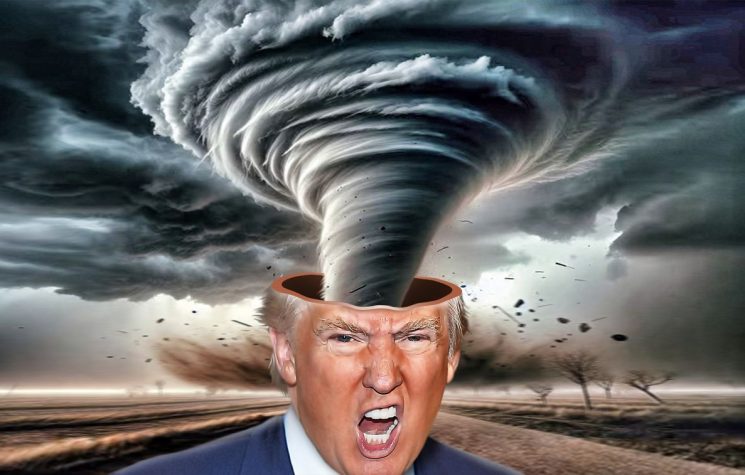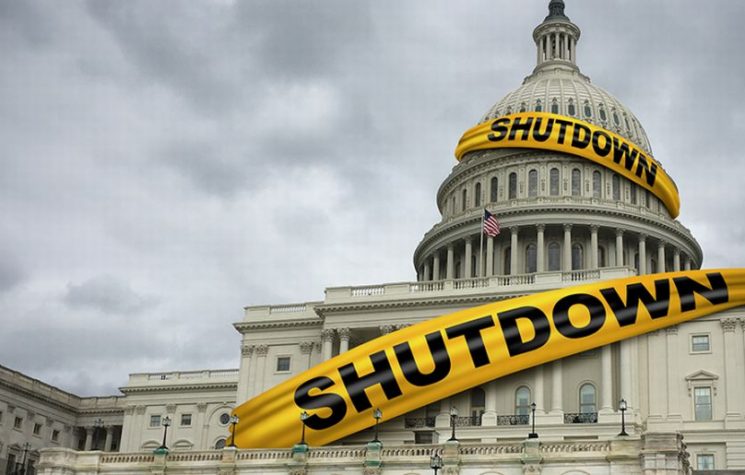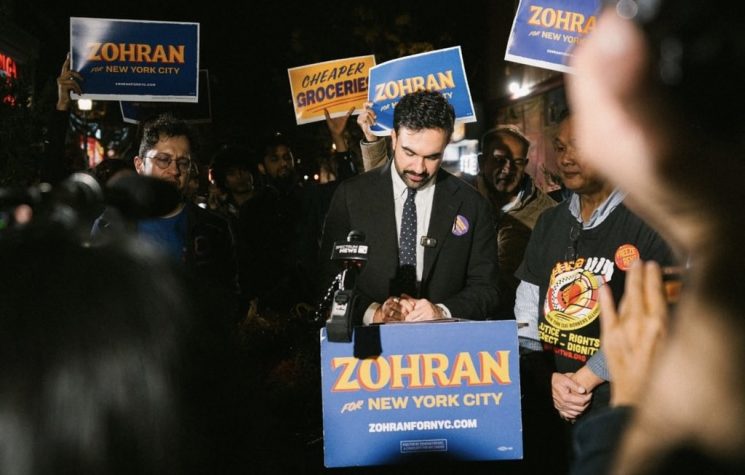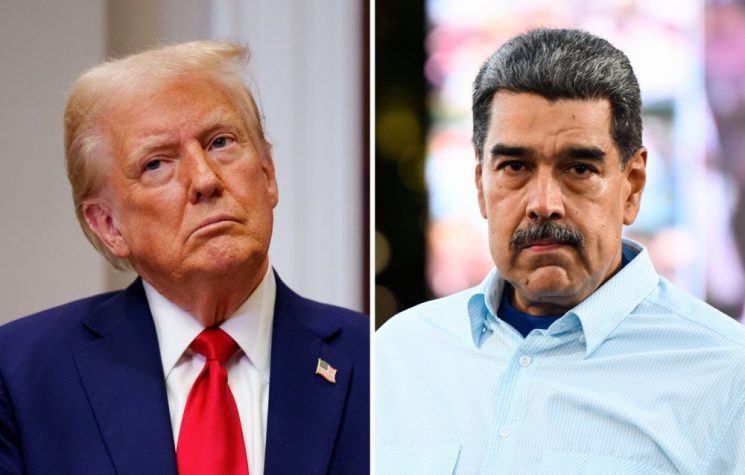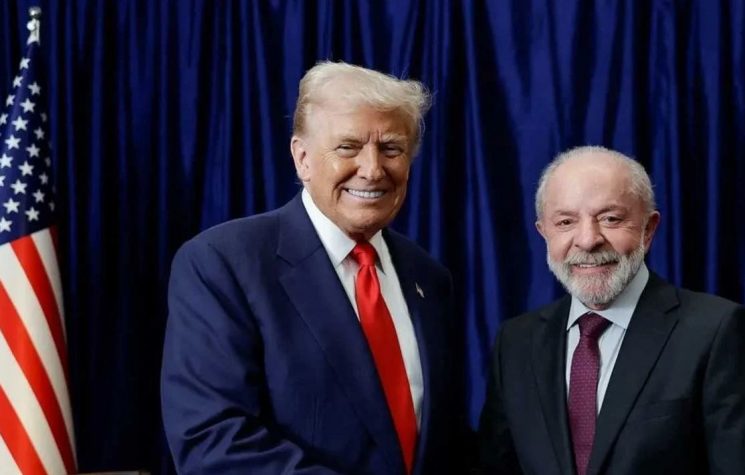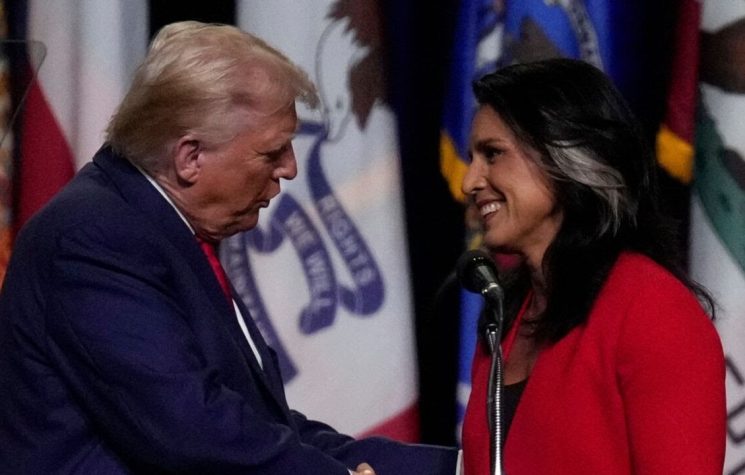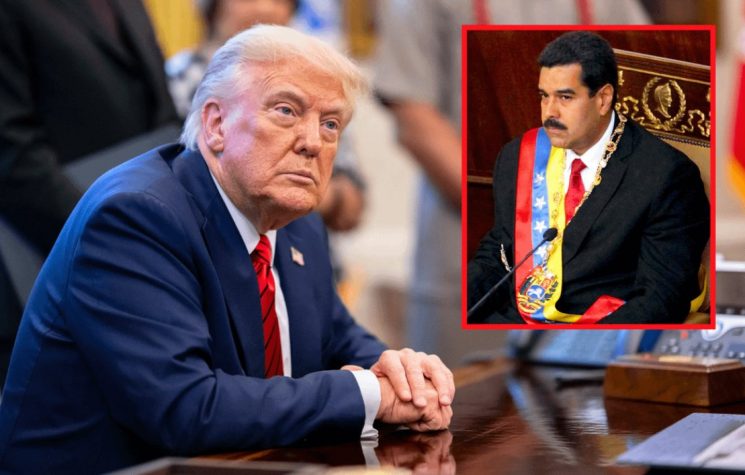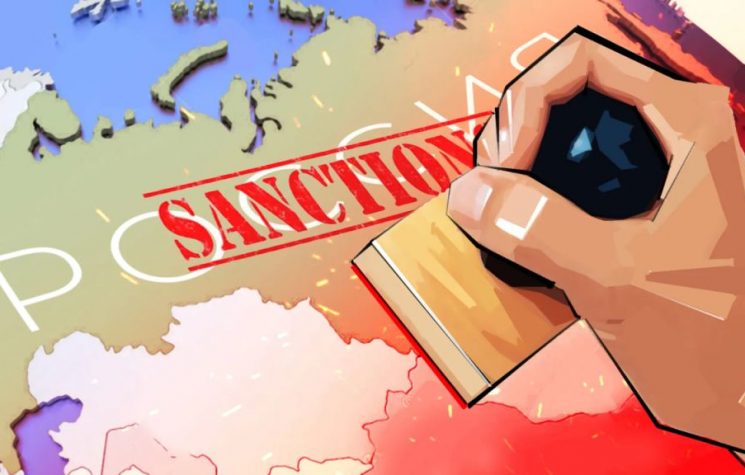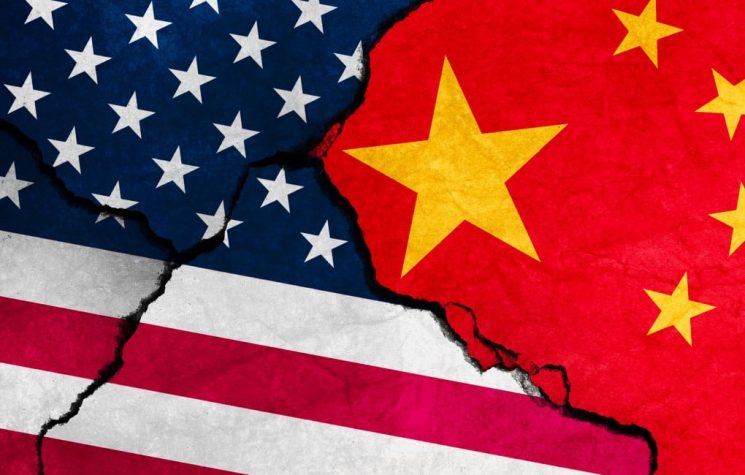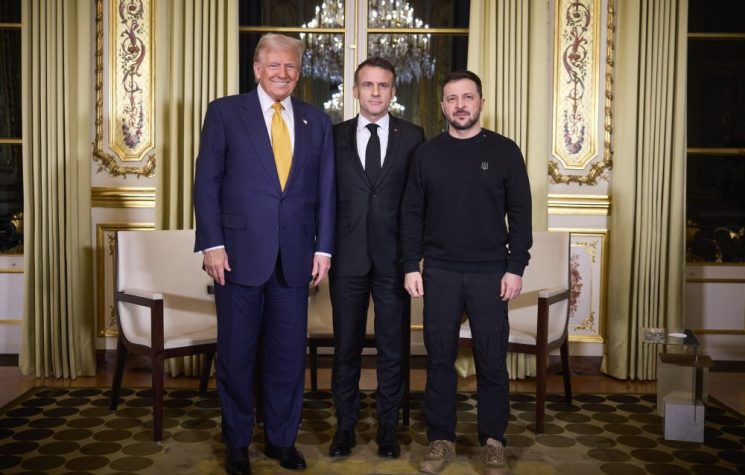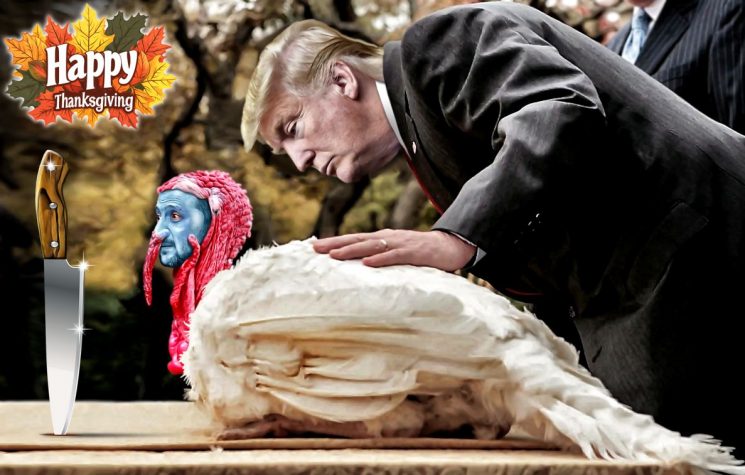Will Trump’s instability – evident in his refusal to heed his own intelligence chief — destroy his political career and bury any hope of a positive legacy?
Join us on Telegram![]() , Twitter
, Twitter![]() , and VK
, and VK![]() .
.
Contact us: info@strategic-culture.su
It’s no secret that Donald Trump is a controversial, unstable, and unpredictable figure—and that this has political repercussions when he’s in power, even within his own cabinet. His first term (2017–2021) was marked by internal clashes between different secretaries, between secretaries and key influencers, and even between himself and his own appointees.
Notable conflicts included those between Trump and Rex Tillerson, as well as between Trump and Jim Mattis. Eventually, Trump even clashed with Steve Bannon, his former chief strategist, over the president’s inclusion of figures they both considered part of the “Deep State,” such as Mike Pompeo.
So, instability in the halls of Trump’s government is nothing new. In fact, we’ve previously noted that, to some extent, this instability was part of a strategy of perpetual agitation, where new enemies (once allies) were continuously created to keep his base mobilized.
Still, these conflicts during Trump’s first term ultimately worked in favor of globalists and against the populists who formed his core base. The symbolic victory of globalists over populists within the Trump administration was the terrorist assassination of General Qassem Soleimani, the mastermind behind Iran’s geopolitical strategy in the Middle East—and one of the key figures responsible for the collapse of ISIS.
It’s said that Pompeo and Jared Kushner played decisive roles in the decision to kill Soleimani.
Nevertheless, when Trump returned to power, populists vowed not to give neocons any space in his government. Indeed, no Pompeo or Nikki Haley in the White House this time. Instead, we saw Tulsi Gabbard and Robert F. Kennedy Jr. taking prominent roles.
But attentive observers had already noticed that opposition to Trump in 2024 was less unanimous. More importantly, Big Tech—which had opposed him in the past—suddenly sided with him. Eccentric Elon Musk’s support was expected, but the backing of techno-globalist moguls like Peter Thiel and even Mark Zuckerberg suggested that things wouldn’t play out like the utopian visions of Bannonian populism.
We’ve already analyzed the conflict between Trump and Musk. Musk is a techno-globalist libertarian, which naturally put him at odds with Trumpism on issues like tariffs, immigration, and budgets. Musk’s priorities differ from those of Trumpist populism. From an ideological standpoint, Musk’s “purge” was seen as positive.
Yet, this rift has already weakened Trump’s support, given Musk’s own popularity no longer bolstering his.
But no one was prepared for what came next.
Tensions between Iran and Israel escalated into open conflict after Israel launched cyberattacks, airstrikes, and drone sabotage operations aimed at crippling Iran’s nuclear program, claiming the Persian regime was pursuing nuclear weapons.
After two days of fighting, however, with Israel’s air defenses failing and dozens of Iranian missiles striking targets, the Zionist state begged the U.S. for help.
The U.S. knew about Israel’s attack but apparently expected Iran to capitulate after losing some of its generals and nuclear scientists. This would explain Trump’s prolonged silence as Tel Aviv and Haifa burned. But by Monday, his tone shifted.
Trump began floating the possibility of aiding Israel, demanded Iran’s “unconditional surrender,” suggested assassinating Ayatollah Khamenei, and reiterated that Iran must never obtain nukes. As I write, U.S. jets and ships are moving toward the Middle East in preparation for… something—though we don’t know exactly what, or even if anything will happen. Trump now says he’ll take two weeks to decide on intervention. But we know he doesn’t always tell the truth.
That’s not my focus here, though.
What matters now is that, in response to these developments, key figures tied to Trumpism’s most populist wing (i.e., its true ideological base) have risen in outrage at the prospect of Trump dragging the U.S. into war with Iran.
After all, Trump not only promised to avoid foreign wars but to end all global conflicts. He specifically criticized the Iraq War for being based on lies about WMDs and once accused Obama of wanting to start a war with Iran.
The disappointment, then, is entirely understandable.
The breaking point? Trump’s own pick for Director of National Intelligence, Tulsi Gabbard, publicly stated—citing U.S. intelligence reports—that Iran neither has nor is developing nuclear weapons. Trump dismissed her assessment, claiming he knew the “truth” from other sources. Naturally, Gabbard announced she’d resign if Trump attacks Iran.
Two leading Trumpist populist voices in media, Tucker Carlson and Alex Jones, declared they weren’t convinced Iran was America’s enemy and certainly hadn’t voted for Trump to see him repeat Iraq War-style pretexts.
Within the GOP itself, opposition arose—not from neocons, but from the staunchest populists. Reps. Marjorie Taylor Greene (R-GA) and Thomas Massie (R-KY) publicly opposed military action against Iran. Massie is even spearheading a legislative effort to reclaim Congress’s war powers under the 1973 War Powers Act. Former Florida Rep. (and near-nominee for Attorney General) Matt Gaetz echoed their stance.
Most significantly, Trumpism’s “chief strategist,” Steve Bannon, also came out against attacking Iran, calling it a betrayal of “America First” and blaming the Deep State, claiming he knows “who’s behind all this.”
Broadly, these figures expressed deep exhaustion with Trump—even a willingness to abandon him if he moves forward with war. This sentiment is shared by much of Trump’s base—except, of course, Zionist Jews and evangelical Christians.
The fundamental question seems to be this: Will Trump’s instability—evident in his refusal to heed his own intelligence chief—destroy his political career and bury any hope of a positive legacy?
Maybe he won’t attack Iran this time. But what about tomorrow? What will be the next crisis tearing Trumpist populism apart?










